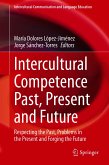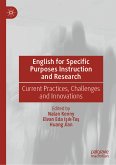This book presents a pioneering longitudinal study on English language instruction at the elementary school (ELES) level in the Japanese public school system. It attempts to identify those domains most sensitive to early English instruction by employing a state-of-the-art quantitative research methodology. English education was formally introduced in Japan for fifth and sixth graders in 2011 and is still in its infancy as a program. This study compares two groups (Grade 7 and 8) of students, one with ELES and one without, in order to shed light on their experiences. Comparisons are carried out not only quantitatively, measuring changes in English skills (listening, speaking, reading, and vocabulary / grammar) and the ELES students' affective aspects, but also qualitatively through in-depth interviews. Thus, this study attempts to capture the ELES students' experiences from a multi-dimensional perspective. The comprehensive literature review provided offers a valuable resource not only for researchers looking for a quick digest of the literature in this field before undertaking their own research, but also for policy-makers seeking to assess how to best implement ELES.
Dieser Download kann aus rechtlichen Gründen nur mit Rechnungsadresse in A, B, BG, CY, CZ, D, DK, EW, E, FIN, F, GR, HR, H, IRL, I, LT, L, LR, M, NL, PL, P, R, S, SLO, SK ausgeliefert werden.









